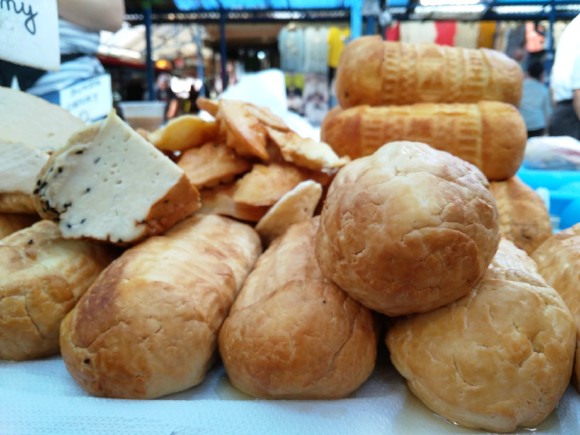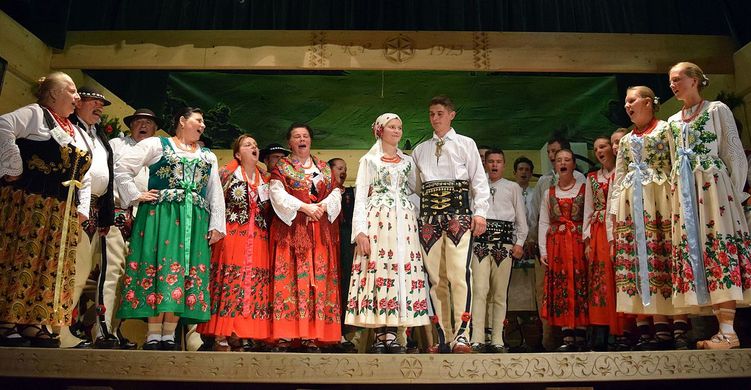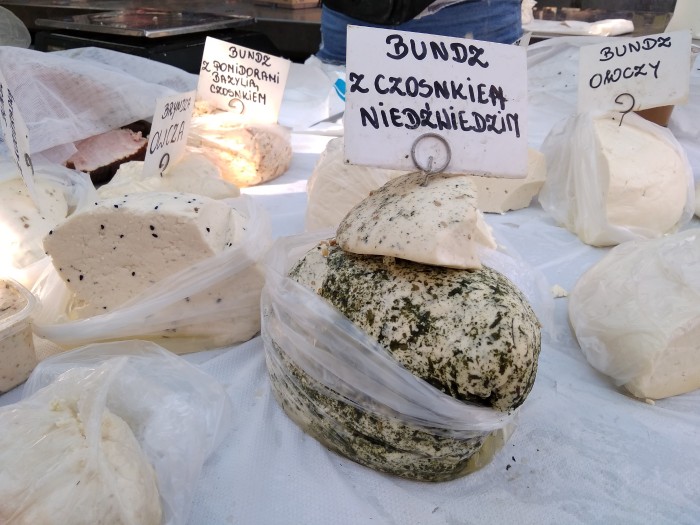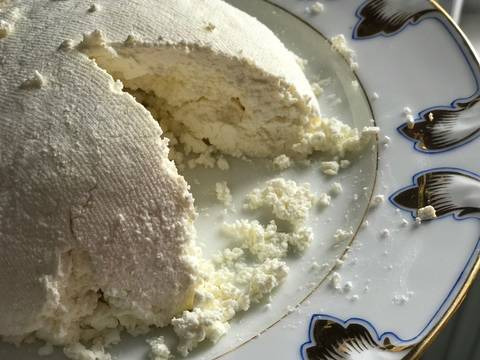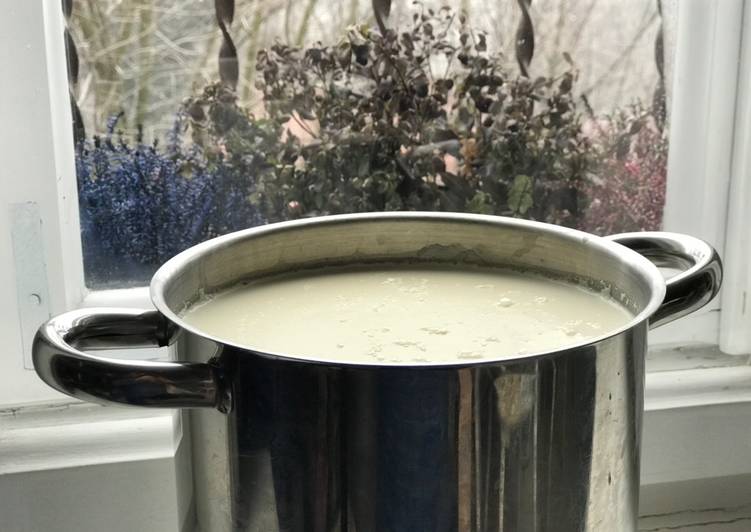Foods of the Traditional Krakow Kitchen: Regional Cheeses
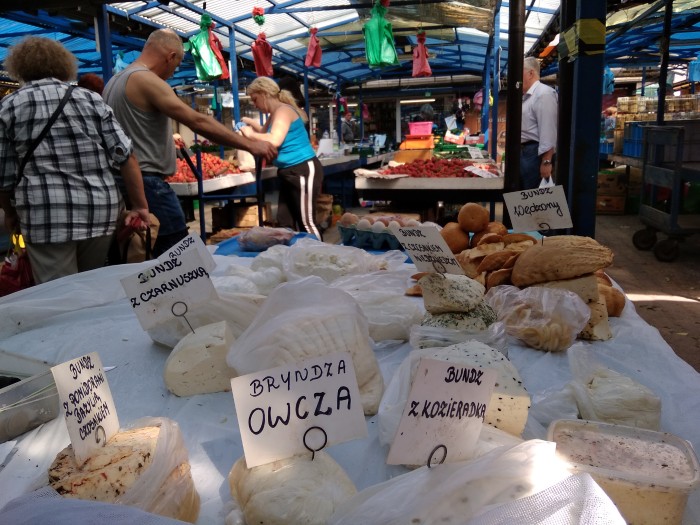
Welcome to our Krakowian kitchen. Pull up a chair at the table as we take you on a journey through the culinary history of this royal city, making stops in surrounding pastoral villages and exotic locations across the world.
Together we will taste the mysterious herbs and spices which have transformed the flavours of local palates and the regional delicacies which are the foundation for all the typically Krakowian dishes we still know and love today. Surrounded by rolling green hills, winding rivers, forests filled with mushrooms, high mountain ranges and picturesque farming villages; Krakow is abundant in diversity of style and ingredients. A fascinating assortment of cuisine, born and re-born in the kitchens of Kazimierz, Debniki, Bronowice, Prądnik and Podgorze, yet brought to life through thousands of years of friendship, family, war, trade and travel.
After devouring this delicious assortment of flavoursome facts, you’ll be hungrier than ever. So, we have also prepared for you a list of where you can try all the treats from our Krakowian kitchen, along with a bonus recipe at the end.
Today, we will be talking about one of our favourite foods in the whole world and something that Poland, and especially our neighbouring mountains of Podhale with its sheep herding 'Goralski' Highlanders, has long been the unsung hero of: cheese! You've heard of France with their camembert, Wallace & Gromit with their Wensleydale, Italy with their mozzarella & Greece with their feta... but they are old news. As the 6th largest producer of cheese in the world and with a history of cheesemaking which stretches all the way back to 5500 BC (that's neolithic times - legitimate), it's about time for traditional Polish cheeses to step into the spotlight and take their place at the top of the podium.
PS: Count your lucky stars because there are more chapters in this series! So, after you enjoy how funny yet informative this one is, you can read....
Foods of the Traditional Krakow Kitchen: Regional Breads
Foods of the Traditional Krakow Kitchen: Regional Meats
Smacznego!
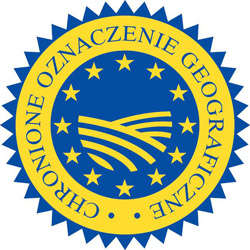
Regional Cheeses
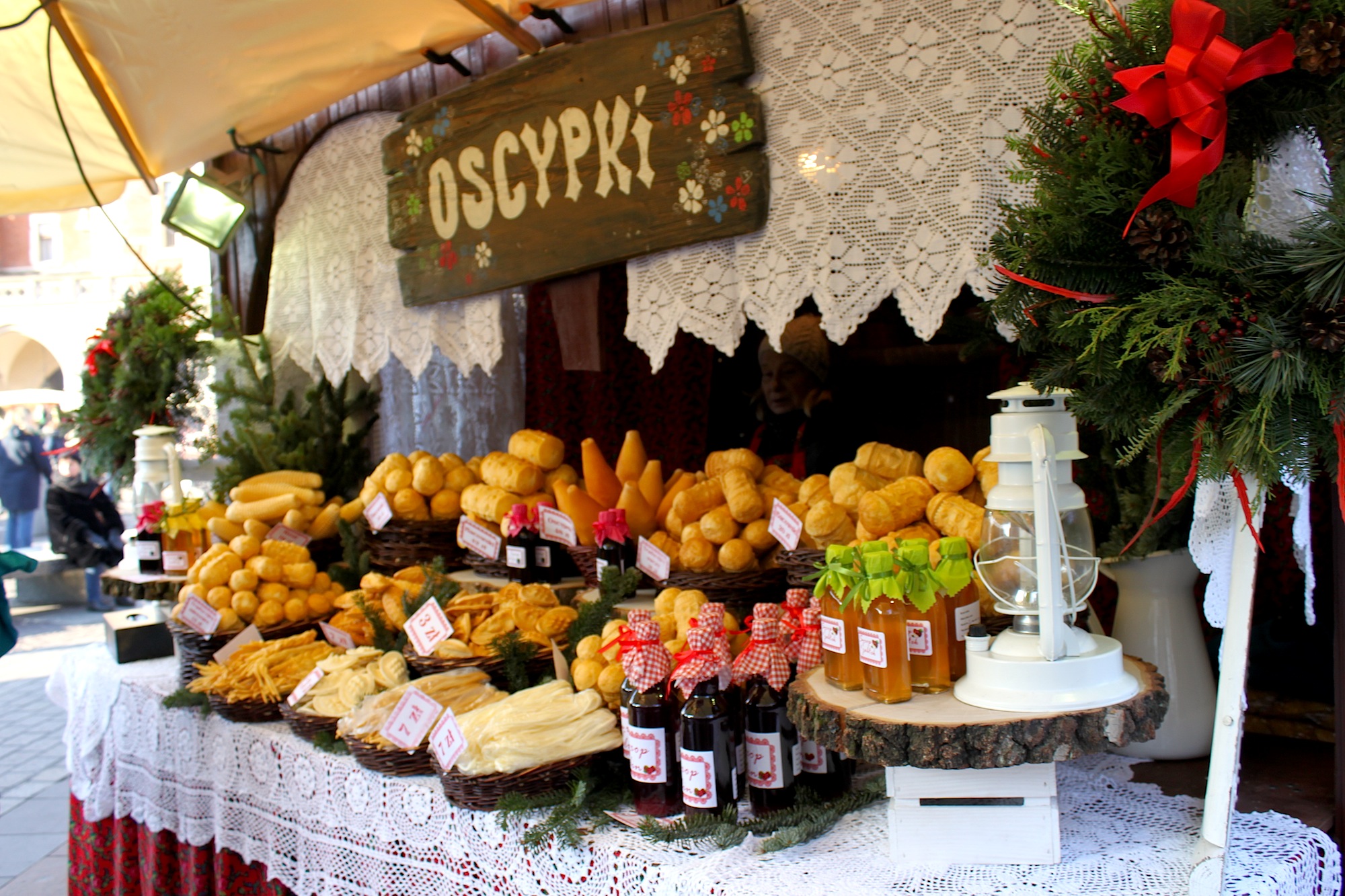
Oscypek
Hailing from the breathtaking yet treacherous Tatra Mountains, this beautifully patterned smoked cheese has been crafted by sheep farming, ballad singing, hard yakka highlanders (or “Górale”) since time immemorial. It can be eaten fresh, baked or grilled and is popularly paired with cranberry sauce. Traditionally, Oscypek is made from salted sheeps milk by a ‘Baca’: a man who has been specially trained in the art by expert elder cheesemakers who would often be his father or grandfather. As it’s such a unique and beloved product, this golden baton has been protected by the government. This means that it must conform to specific regulations regarding the ingredients, the method and the location of production in order to be granted use of the coveted name ‘Oscypek’. As with Champagne, this is the only region in the world where you are allowed to produce this delicious cheese and we are lucky enough in Krakow to have a river of it flowing down to us from the mountains.
So, how is it made? To get that official stamp of approval from the Oscypek gods, the final result must feature at least 60% sheep’s milk (with the remainder from cow’s milk), measure from 17 to 23cm in length, weigh 600 - 800g and be produced between late April and early October. This is when the mountain grasses are at their most lush and the shepherds bring their sheep to feed on them.
After being milked from a herd of fat and happy sheep over spring and summer, the unpasteurized, salted milk is transformed into cottage cheese, washed with boiling water and drained with the use of cheesecloth. Next, our oscypek-in-the-making is squished into the carved wooden moulds which will give them their final spindle-like shape and traditional geometric patterns. For the next few nights, whilst still held tight in its mould, the cheese is soaked in a barrel filled with brine. The final step in this process is for the oscypek to get cured with 14 days in a spa retreat for cheeses - the hot smokehouse.
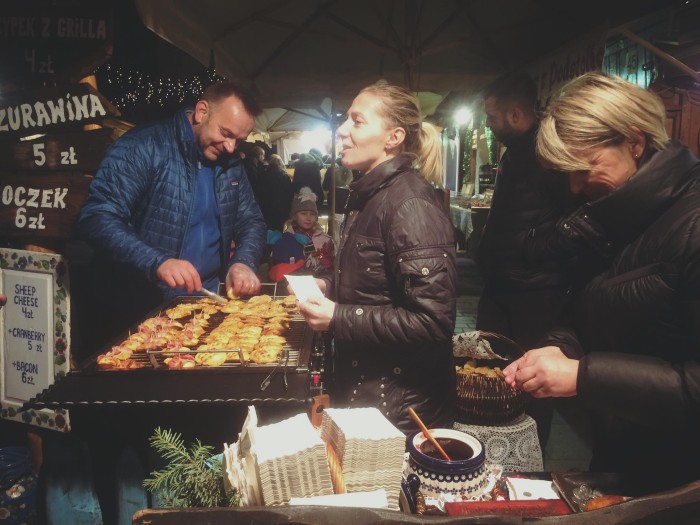
Redykołka
Can oscypek fall in love? That’s a question for another article. But they can definitely make love or we can’t imagine how else these baby oscypek came into the world. Redykołka is an adorable little oscypek which comes in adorable little shapes such as adorable little animals and Mario Kart turtle shells. Aww, what a wee cute baby cheese.
Gołka
Gołka is a very similar cheese to Ocypek. From the same region but often made from cow's milk and with an ever so slightly different shape.
Żętyca
Made from the whey leftover after making bundz and oscypek, this mystical Podhale cheese drink can be dated back to the village of Ochotnica in the Gorce Mountains in the 15th century. Żętyca is no ordinary cheese as it is rumoured to have mountainous medicinal powers. During the 19th century, it was used to treat illnesses related to the respiratory tract, stomach and intestines. It is used for alleviating hangovers, weight loss and even as an aphrodisiac! Frederich Chopin was said to have used it to cure his ‘lung condition’. Yeah right, Frederich, you hound dog. A word to the wise though: don’t overdo it. Apparently, if you drink too much - you’re gonna poo yourself. We can imagine the Highlanders had fun keeping this information to themselves when they sold it to the lowlanders.
Żętyca is another traditional food, the making of which is protected by strict government regulations. According to wikipedia, the “drink should have a water content from 60% to 70%, fat from 3% to 4% (sheep elliptic) or from 2 to 3% (sheep-cow grass) and salt to 0.5%”.
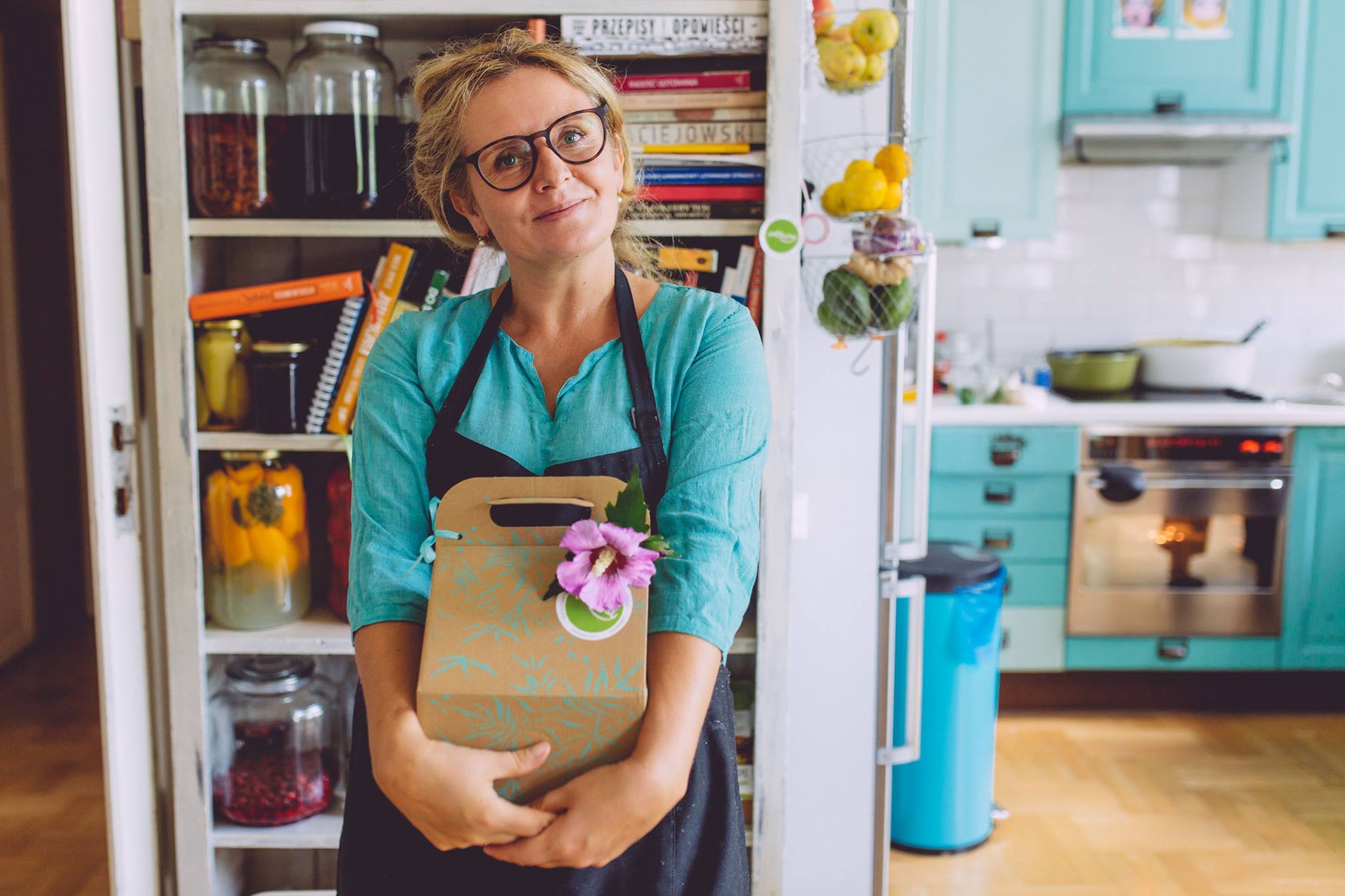
Top tip: For the fullest experience and loads more brilliant stories to go with every bite, we recommend a dinner or workshop with Krakowian kitchen queen and founder of food sharing community Eataway, local legend Marta Bradshaw.
Marta hosts wonderful evenings of beautifully cooked regional cuisine, much of which is from her own garden, the forest or her local organic farmer friends... and everyone is invited to pull up a chair! You can join workshops to learn how to make regional Polish food such as pierogi or even traditional crafts such as 'Pajaki' the colourful paper flower chandeliers which we hang in our houses to celebrate spring, or 'Pisanki' painted or dyed ornamental eggs. Each year you also have several opportunities to visit the magical natural wonderland which is Marta's peaceful cottage, surrounded by forest and butterflies in a nearby village. Join the most memorable and joyful celebrations of the year with Eataway's annual Fermentation Festival or the Eataway Picnic.
But in the meantime, get a taste of the fun through Marta's weekly dinners and workshops, here at her gorgeous home in Krakow.
- Browse Marta's Meals & Workshops on Eataway
- Follow Eataway on Facebook
Scroll down for Marta's delicious recipe for 'Farmers Cheese' Twarog!
![]()
Bundz
Another delicious cheese born from Podhale’s bountiful mountain air, water and grass, nourished in the belly of happy, healthy and well-fed highlander sheep. This also means that like oscypek, the very best bundz is made in the springtime. Cheese made at the lushest time of year even has its own special name: ‘May Bundz’. Bundz stands out from many of the other cheeses on this list as it is not smoked nor salted but rather fresh and delicate like a juicy mozzarella. Thanks to its light and friendly flavour, Bundz is a really versatile cheese in the kitchen. You can eat it on its own, as a big thick slice on bread, grilled like halloumi, in a salad - your imagination is the limit. Aside from being super tasty, this bouncy cheese is also popular for its high nutritional value.
Traditionally, bundz starts out the same as oscypek, as rennet is added to fresh, unpasteurized sheep's milk in order to separate the curd from the whey (the leftover whey is the Żętyca we just talked about). Next, the cheese curd is boiled for a few minutes before being drained through cheesecloth, shaped with a wooden cheese mould and left to ferment for a few days.
During this process, many different ingredients are often added to the cheese, and it's great fun to taste test all the various kinds. The most typical things you’ll find embedded in your bundz are tomatoes, basil, cumin seeds, nigella seeds or walnuts.
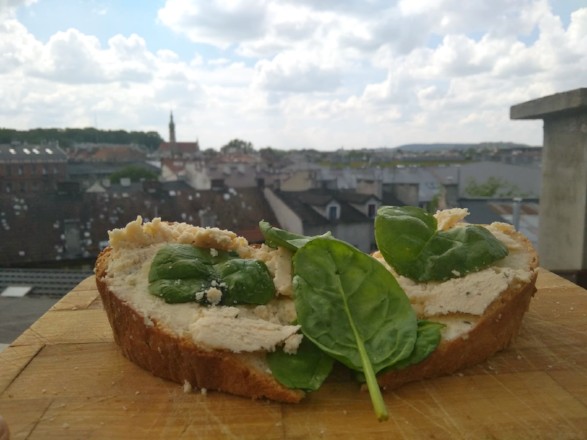
Bryndza podhalańska
When bundz is allowed to age gracefully, it can be transmuted into the form of an enigmatic elder cheese known as ‘Bryndza podhalańska’. This creamy, spreadable sheep cheese has an addictively satisfying flavour which true cheese connoisseurs and everyday cheese eaters will both appreciate. Quite salty and super savoury, almost meaty, it’s a very special cheese worth enjoying while you’re in the region as you won’t be able to find it anywhere else outside of the Carpathian Mountain Range (the panoramic tri-border region of Poland, Slovakia & Ukraine) and you’ll certainly miss it when it’s gone (speaking from experience!). Bryndza Podhalanska, however, you can only get in Poland’s Podhale region and, obviously, it’s the best kind.
Much like our other regional products, bryndza has a long and rich history. Although it’s a much talked about cheese mentioned in lots of royal orders and literature, the earliest surviving record of it is from the 16th century, where it was written that this cheese was so important it could be used as a tribute or as a means of payment. But its story goes much further back than this. A true alpinist, bryndza originally hiked right across the Carpathians from Romania. Long ago, the Wallachian Shepherds of Romania had a great adventure crossing the ranges to arrive in Poland with their sheep, their cheesy dreams and the precursory name and method for what we now call bryndza. The name that this enigmatic cheese has been blessed with is derived from the ‘Wallachian’ word "branza".
So, we already told you it’s made from aged bundz, but let us elaborate on the process behind it. To make Bryndza, we crumble our bundz and let it ferment somewhere warm and cosy for around 2 weeks. Like a baby bird growing inside an egg, warmed by the feathers of its mother and the nest she built to nurture it, the fermentation takes place thanks to friendly enzymes of the Oidium lactis fungus. When the bryndza has hatched from the bundz (we mean when it’s done fermenting), it goes into a colder place such as a refrigerator or cellar where it sours and grows to maturity, learning to walk and talk and recognise shapes. When the bundz shows holes (or ‘eyes’), it’s a sign that the cheese has become a fully formed adult and is ready to be crushed by society... I mean salted and mashed into a paste.
Twarog / Ser Biały
We have no idea where this staple white cheese really originated. It’s the most simple cheese you can make and therefore its been known by different names (curd, white, fromage blanc, cottage, paneer, quark) and eaten in different ways all over the world since time immemorial, yet somehow each form maintains its own unique style. In Poland, it’s called twarog and alongside scrambled eggs, sliced tomatoes and fresh bread; it’s the basis for every solid breakfast. For us Krakowians, it’s an indispensable part of our local cuisine and we believe you can get the best stuff in our big regional backyard in small towns such as Łowicz (very famous), Wieprz and Włoszczowa.
It’s quite a dry and flaky cheese, also slightly sour and savoury yet still rather delicate. It can taste either standard or amazing depending on where you get it from and, obviously, it always tastes best when you buy it in a small village or when it’s homemade. You can find it in many shapes (usually square or teardrop shaped) and forms such as ‘tłusty’ (full fat), ‘potłusty’ (half fat) or ‘chudy’ (no fat) but rather for variation in taste and consistency than for dietary reasons. The less fat, the more crumbly, sour and dry your twarog will be. But this can be very desirable, You can also buy it smoked or with various ingredients such as chives, cumin seeds or paprika, like the bundz we spoke about earlier.
Apparently, it also has the least amount of calcium out of all dairy products, so you’ll have a great excuse to eat it by the ton. Twarog is one of the most commonly consumed cheeses and a really classic way to eat it is on a fresh slice of buttered rye bread, topped with radish, chives, salt & pepper. This might be the most regular way to eat twarog, but the most relished way is a different matter. If you didn’t know it yet, Poland is not only the secret capital of cheese… but also of cheesecake! The totally adored and fight-over-the-last-piece Polish cheesecake recipe is based around a whole giant bucket of twarog smietankowy (with cream) and, always present on the table during the holidays, everyone’s favourite kind was made by their mother. Its also the filling for one of another of the most popular Polish dishes - 'Pierogi Ruskie'!
To make this cheese, you literally just have to do the first three steps of making every other cheese. You’ll need unpasteurized milk (5 litres of milk will make 1 kg of cheese) and the better quality the milk, the better the twarog. Choose milk with a high or low-fat content depending on the consistency you want your cheese to be. First step is to leave the milk in a pot covered with a linen cloth for a few days to let it go ‘off’. Next step, very, very slowly warm it up to about 50°C, and without boiling it, let the curds and whey separate. Leave to cool. Step three, chuck your pre-cheese to a strainer lined with gauze or cheesecloth or linen and leave it to drain for a few hours. Here, you can also add extra cream, herbs, seeds, nuts or spices to the mix. If you want it to be a more solid cheese than a crumbly one, simply leave something heavy on top to squish it into the shape you want. Make sure you collect the liquid whey, though, because this is a cow’s milk for the medicinal żętyca we talked about earlier
Where to find these cheeses
Stary Kleparz: Check with the cheese ladies on the tables at the back of this authentic open-air market. You can find pretty much all the cheeses on our list, freshly made and deliciously waiting for you on these iconic blue stalls. [pictured at the top of the article]
Markets in the Rynek: We have markets in the Old Town Market Square on a regular basis, hence the name ‘Market Square’. There are always little wooden huts there selling wheels of Oscypek & Gołka, with warm Redykołka on a wrought iron grill with cranberry sauce.
A true Bacówka: Why not pay a visit to the real highlander's cheese huts in the mountains and valleys of beautiful Podhale? They are still going strong today and the Goralski will welcome you joyously.
Bacówka: traditional highlander style store named after the traditional huts. Here’s a list of locations but the most convenient for you will probably be Plac Wolnica 12 in Kazimierz.
Carrefour: The big one in Galeria Krakowska
On roadside stands and in little wooden huts all the way between Krakow and the Tatra Mountains (ex. Zakopane).
Polish Cuisine Restaurants: We recommend Nakryto or Starka for really amazing regional produce.
Marta's Twarog Recipe
"It's good to have a neighbour, even better when this neighbour has a cow. I am lucky, because Lord Wladek likes to share milk, in return I bring him hot cheesecake, straight from the bread oven."
Ingredients
5 litres of milk, straight from the cow
A few drops of lemon
Preparation
Day one: 'Sheepskin coat'. Take fresh milk straight from the cow (unpasteurized), pour into a large pot and put it on the windowsill. In the evening, a 'sheepskin coat' (a milk skin) will have formed on the surface.
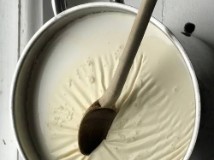
.jpeg?1559824691864)
Day two: Cream. The milk is warm on the windowsill, remove the gathered cream (you can eat this! Yum!) from the surface in the morning. Sprinkle a few drops of lemon and leave it, covered, in the same place.
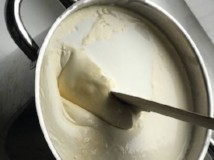
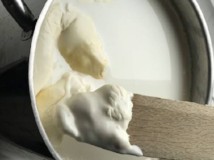
Day three: Sour, dense milk. It smells fantastic. It makes me dream to boil young potatoes, sprinkle them with dill and drink just such a milk... Meanwhile, the milk is ready to heat on the stove top, up to 50 °C. During heating, the whey will be separated. Then the milk goes back to the window sill to cool.
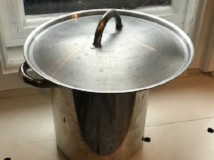
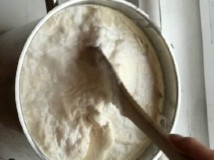
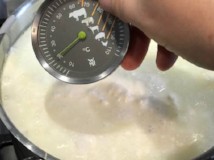
After cooling, the milk, or actually the curd, is poured into a strainer lined with gauze. We drain the whey and squeeze the curd. Carefully roll up the gauze into a small bag, tie it with a rubber band like a Georgian khinkali. Leave in the strainer, covered with a saucer, you can also put some weight ontop of it to press, such as a jar of water. After 12 hours, put the cheese in a bowl and eat!
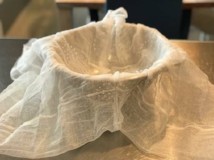

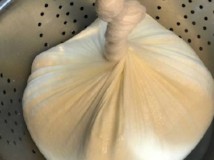
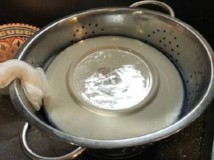
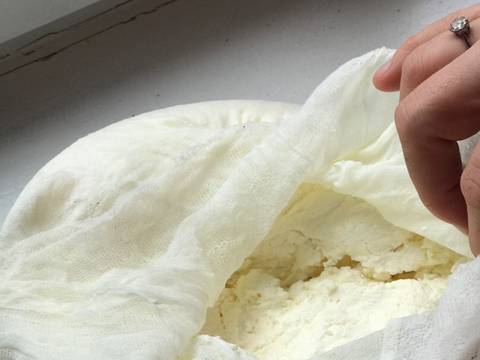
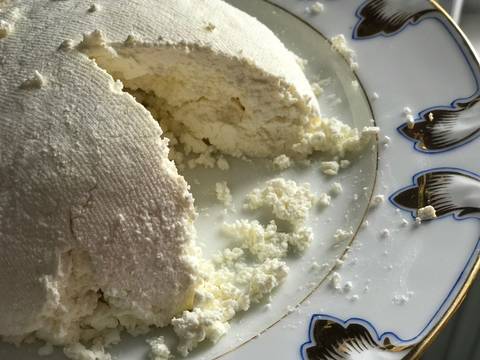
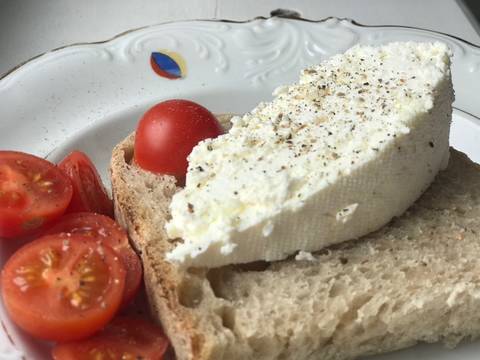
-
For regional Polish recipes and much more, you can check out Marta's cookpad page.You can also join one of her pierogi workshops where instead of being confused and alone with your recipe in the kitchen, you can learn and practice with new friends in Marta's Krakow kitchen or at her cottage in the village.For the fullest experience and loads more brilliant stories to go with every bite, we can't emphasise enough how much we recommend joining a dinner or workshop with Krakowian kitchen queen and founder of food sharing community Eataway, local legend Marta Bradshaw. You will honestly have the best time ever.

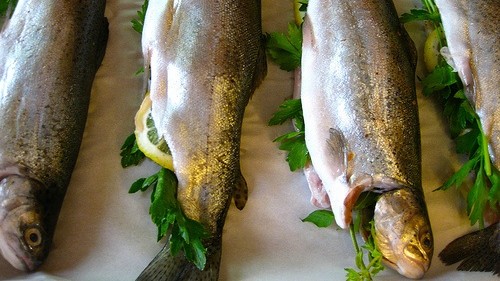
Hungry for more? Up next on the menu is part 3 of our Krakow Kitchen Series: Regional Meats
Or, check out another delicious article.
- The 9 Best Breakfasts in Krakow
- The 6 Best Coffee Spots in Krakow
- The 5 Best Indian Restaurants in Krakow
- Krakow's Freshest New Cafes, Bars & Restaurants
Did we miss something tasty? Let us know in the comments below!
References & further reading:
